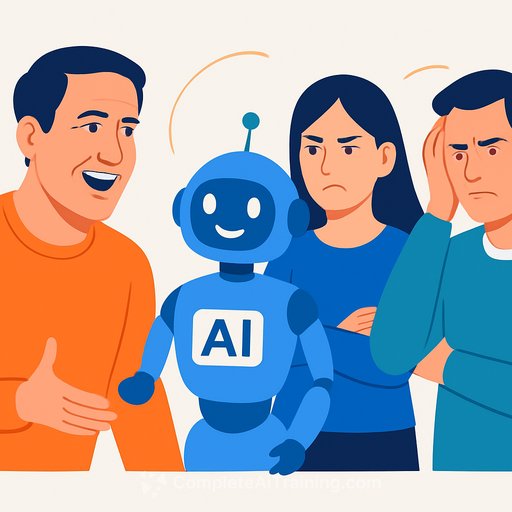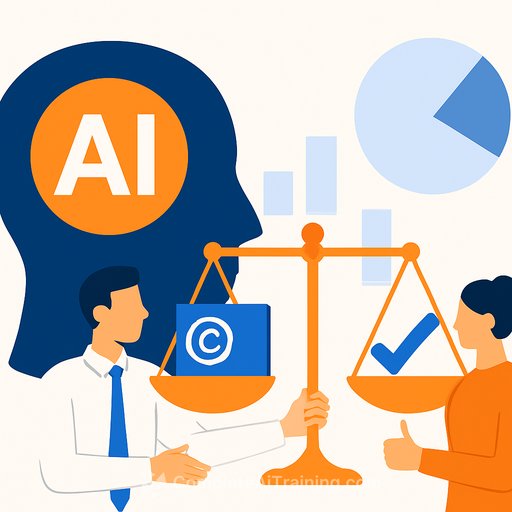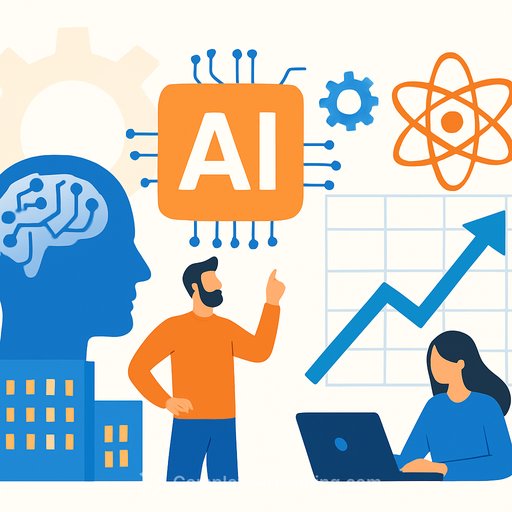Cost savings and big creative visions: Gennie shows how AI is transforming content creation
Gennie, the AI-driven content studio founded by Max Einhorn, Tejas Shah, and Chelsea Durgin, is changing how series and documentaries get made. The pitch is simple: spend less on the heavy lifting and put more into story and scale. That opens the door for bold ideas that used to be out of reach for budget or logistical reasons.
Einhorn puts it plainly: "There are two ways to look at what we're doing. You can look at it as a means of cost savings… But you can also look at it as an opportunity to realize big creative visions that would have otherwise been very challenging to execute." He adds, "The impossible is becoming much more tangible."
AI that widens the stage for storytellers
For indie teams and small studios, this shift matters. Shah notes: "For independent or smaller storytellers, voices that couldn't be heard before can now be visualized… It allows us to do things faster, better, and cheaper, making genres like science fiction or mythology accessible to everyone."
The takeaway for creatives: AI isn't the point-story is. The tech just removes bottlenecks so you can move faster, explore more looks, and make smarter budget tradeoffs.
First co-production: Deep Blue CSI with Woodcut Media
Gennie announced its first co-production with Woodcut Media, known for crime and history docs. The series, "Deep Blue CSI," explores the ocean's most mysterious ship and submarine wrecks, with each episode anchored to a specific cause and chain of events.
- Death from above by attacking aircraft
- Destruction from below by submarines
- Warships torn apart by missiles
- Freak accidents and storms that rewrote maritime history
Gennie's workflows rebuild the final moments of these vessels using eyewitness accounts, archival documents, and the perspective of naval veterans. The goal: let viewers experience the day disaster struck through the eyes of those onboard. As Einhorn frames it, it's "a really unique way to look at it from a different point of view with really exciting visual storytelling."
Industry signal: interest meets urgency
At MIPCOM, buyers and partners treated Gennie like a preview of where production is headed. There's excitement-and tension-as budgets tighten while expectations stay high.
Einhorn summed it up: necessity is pushing new ways of working. Gennie wants to deliver strong storytelling at budgets that networks and streamers can actually approve.
How creatives can use this model right now
- Previsualize faster: lock tone, framing, and motion language with AI look-dev before big spends.
- Reconstruct moments: blend archival, expert testimony, and AI scenes to fill gaps without breaking scope.
- Protect the budget: push AI toward environments, crowd augmentation, and complex shots; keep human focus on performance and narrative.
- Maintain integrity: use expert review loops for accuracy when handling history, science, or sensitive topics.
- Build hybrid teams: pair AI artists with editors, VFX, and researchers to keep quality high and timelines tight.
If you're skilling up your team for this kind of pipeline, explore practical training by role at Complete AI Training.
What's next for Gennie
The team plans to expand co-productions, build original projects with a digital-first approach, and scale while staying aligned with new tech. The focus stays the same: help creators make the ideas they've been sitting on for years-without replacing the creative instinct that makes them worth watching.
Your membership also unlocks:






